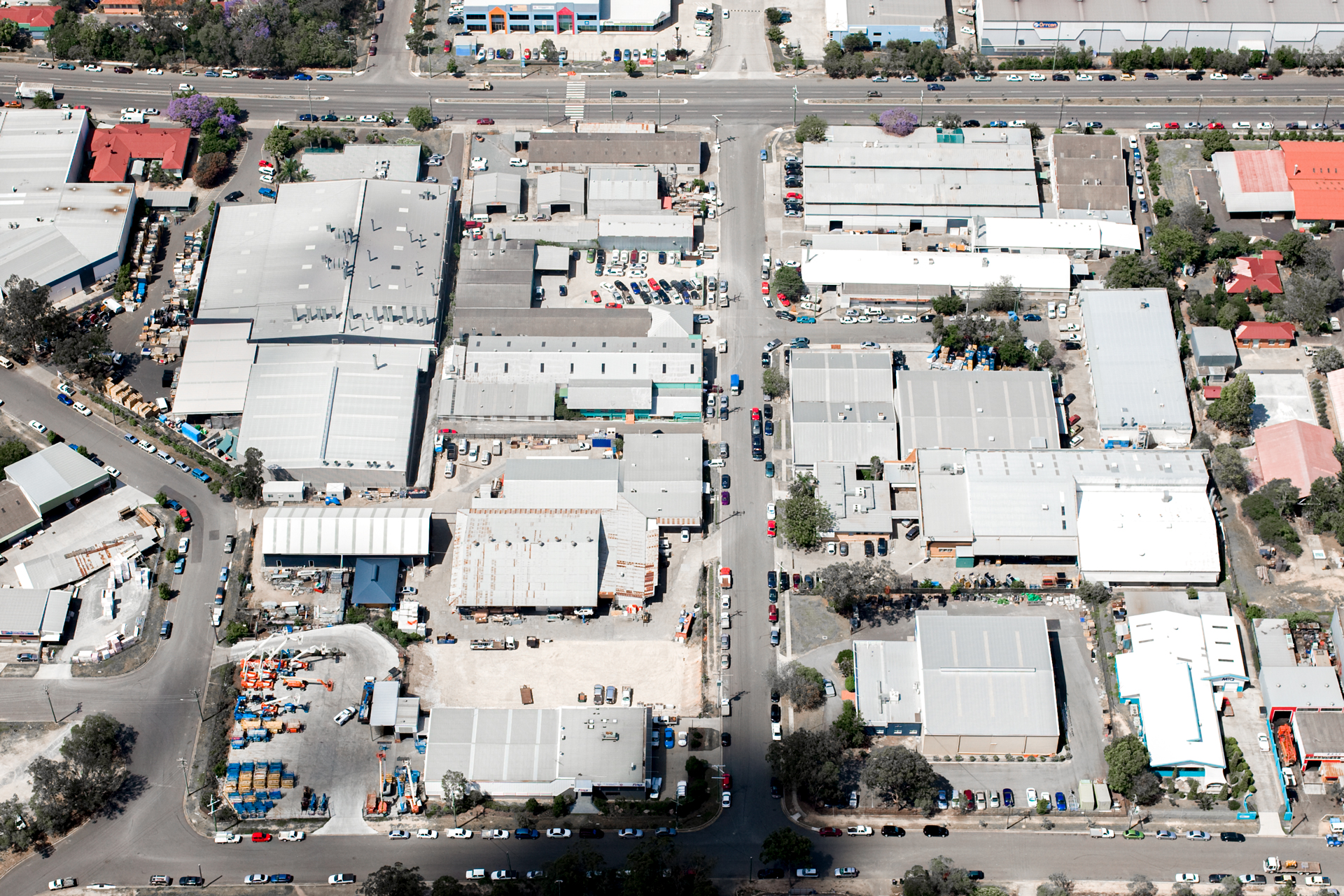The dawn of the motorised era began in 1897 with London’s introduction of electric-powered taxis known as “Bersey cabs.” Although their initial deployment faced challenges like high operational costs and limited battery life, leading to their decline around 1900, they marked the beginning ...
The dawn of the motorised era began in 1897 with London’s introduction of electric-powered taxis known as “Bersey cabs.” Although their initial deployment faced challenges like high operational costs and limited battery life, leading to their decline around 1900, they marked the beginning of a new age.By 1950, around 5,000 of these cabs were navigating through London. The post-war period saw the taxi industry flourish significantly. By the 1960s, an estimated 25,000 licensed taxis were in operation across the UK, a number that underscored the industry’s critical role in daily transportation. During this time, the private hire sector also saw significant growth, with 40,000 minicabs reported in London by the mid-1970s. This era brought about tighter regulations with the 1976 Local Government (Miscellaneous Provisions) Act and the 1985 Transport Act, which introduced a compulsory licensing system for all taxis and private hire vehicles, ensuring safety and standardisation across the board.Explore the evolution of the UK taxis industry from its 17th-century origins to today's technologically advanced services, featuring key historical milestones and modern statistics.By 2019, England boasted approximately 291,800 licensed taxi and private hire vehicles, with London hosting nearly 26% of these. Yet, by 2020, the traditional black cab numbers in London dwindled to around 20,000, highlighting the industry’s ongoing adaptation to modern challenges and innovations.



